Décès d'Irving Penn, le maître de la photo de mode
Irving Penn, New York, 1951. Horst/Staley-Wise Gallery
NEW YORK, NY (AP).- Irving Penn, whose photographs revealed a taste for stark simplicity whether he was shooting celebrity portraits, fashion, still life or remote places of the world, died Wednesday at his Manhattan home. He was 92.
The death was announced by his photo assistant, Roger Krueger.
Penn, who constantly explored the photographic medium and its boundaries, typically preferred to isolate his subjects — from fashion models to Aborigine tribesmen — from their natural settings to photograph them in a studio against a stark background. He believed the studio could most closely capture their true natures.
Between 1964 and 1971, he completed seven such projects, his subjects ranging from New Guinea mud men to San Francisco hippies.
Penn also had a fascination with still life and produced a dramatic range of images that challenged the traditional idea of beauty, giving dignity to such subjects as cigarette butts, decaying fruit and discarded clothing. A 1977 show at the Metropolitan Museum of Art presented prints of trash rescued from Manhattan streets and photographed, lovingly, against plain backgrounds.
"Photographing a cake can be art," he said at the 1953 opening of his studio, where he continued to produce commercial and gallery work into the 21st century.
Penn's career began in the 1940s as a fashion photographer for Vogue, and he continued to contribute to the magazine for decades thereafter.
He stumbled into the job almost by accident, when he abandoned his early ambition to become a painter and took a position as a designer in the magazine's art department in 1943. Staff photographers balked at his unorthodox layout ideas, and a supervisor asked him to photograph a cover design.
The resulting image, on the Oct. 1, 1943, cover of Vogue, was a striking still-life showing a brown leather bag, a beige scarf, gloves, oranges and lemons arranged in the shape of a pyramid.
In subsequent photographs for the magazine, Penn further developed his austere style that placed models and fashion accessories against clean backdrops. It was a radical departure at a time when most fashion photographers posed their subjects with props and in busy settings that tended to draw attention from the clothes themselves.
The approach made him a star at the magazine, where his work eventually appeared on as many as 300 pages annually. Penn believed his success depended on keeping the reader — rather than the model — in mind.
"Many photographers feel their client is the subject," he explained in a 1991 interview in The New York Times. "My client is a woman in Kansas who reads Vogue. I'm trying to intrigue, stimulate, feed her. ... The severe portrait that is not the greatest joy in the world to the subject may be enormously interesting to the reader."
He left the magazine in 1944 to join the military — serving with the American Field Service in Italy and then as a photographer in India — but returned to Vogue in 1946, taking travel assignments in addition to his fashion work.
Penn relished the chance to work in foreign locales, recalling in his 1974 book, "Worlds in a Small Room," that he had often daydreamed "of being mysteriously deposited (with my ideal north-light studio) among the Aborigines in remote parts of the earth."
In the 1950s, Penn moved into portraiture. He photographed not only the famous — actors, musicians and politicians — but also ordinary people. He published a series of pictures in 1950-1951 featuring plumbers, salesmen and cleaning women in New York City, Paris and London. The Getty Center in Los Angeles currently is exhibiting some of the photos.
His celebrity portraits included closely cropped images of Miles Davis, Spencer Tracy, Georgia O'Keeffe and Pablo Picasso, the last peering apprehensively from beneath a wide-brimmed hat. He once said that his formula for capturing meaningful portraits was to photograph his subjects relentlessly, often over a period of several hours, until they were forced to let down their guard.
A 2000 exhibit organized by the Art Institute of Chicago on his portraiture work said, "Penn's manipulation of formal design elements such as light and shadow, and his ability to capture a significant gesture, expression, or mood, ultimately reveal something intriguing about his subjects."
An exhibit of 14 large prints of cigarette and cigar butts at the Museum of Modern Art in 1975 was more controversial. It was lauded by some critics as a powerful elevation of the banal to the monumental, but criticized by others as self-indulgent.
"A beautiful print is a thing in itself, not just a halfway house on the way to the page," he once said.
Accordingly, he spent countless hours in his studio creating prints with costly platinum salts — a process that had been mostly abandoned at the turn of the 20th century, but favored by Penn because of its glowing results. (Most photographic prints use a solution of silver on the paper rather than platinum.) He would paint the platinum solution on the paper himself to create the effects he sought.
"Over the years I must have spent thousands of hours silently brushing on the liquid coatings, preparing each sheet in anticipation of reaching the perfect print," Penn wrote in his 1991 book "Passage: A Work Record."
Penn donated photographs to the National Portrait Gallery and the National Museum of American Art in Washington, and his archives are at the Art Institute of Chicago.
Born in Plainfield, N.J., in 1917, Penn studied at the Philadelphia Museum School of Industrial Art from 1934 to 1938, and worked as an assistant at Harper's Bazaar in 1939.
Penn married fashion model Lisa Fonssagrives in 1950, and for decades afterward she remained one of his favorite subjects. She died in 1992. One of his 1950 photos of her sold at auction in 2004 for more than $57,000.
Penn was the older brother of filmmaker Arthur Penn, who directed "The Miracle Worker," ''Bonnie and Clyde" and "Night Moves."
He had a son, Tom, with Fonssagrives. His wife also had a daughter, Mia, from a previous marriage. Copyright 2009 The Associated Press. By: Verena Dobnik, Associated Press Writer
In this 1960s image released by the Irving Penn Studio, photographer Irving Penn is shown. (AP Photo/Irving Penn Studio, Inc., Bert Stern)
In this undated image released by the Irving Penn Studio, photographer Irving Penn is shown at a photo shoot with a New Guinea mud man and a child. Penn, whose photographs revealed a taste for stark simplicity whether he was shooting celebrity portraits, fashion, still life or remote places of the world, died Wednesday, Oct. 7, 2009, at his Manhattan home. He was 92. (AP Photo/Irving Penn Studio, Inc.,Lisa Fonssagrives-Penn)
Le photographe américain Irving Penn est décédé mercredi à son domicile de Manhattan, à New York, a annoncé son assistant Roger Krueger.
Il avait 92 ans.
Irving Penn était connu pour ses clichés révélant son goût pour une simplicité austère, qu'il réalise des portraits de célébrités, des natures mortes, des photos de mode ou d'endroits reculés sur la planète.
Sa carrière avait débuté dans les années 1940 comme photographe de mode pour «Vogue». Il quitta le magazine en 1944 pour entrer dans l'armée, avant de revenir à «Vogue» en 1946.
Dans les années 1950, il s'était mis à faire des portraits, photographiant aussi bien des célébrités -acteurs, musiciens et hommes politiques- que des gens ordinaires.
Il avait notamment réalisé des portraits de Miles Davis, Spencer Tracy, Georgia O'Keeffe et Pablo Picasso.
Irving Penn, qui avait aussi publié plusieurs ouvrages, s'était marié avec un mannequin, Lisa Fonssagrives, en 1950, et pendant plusieurs décennies elle était restée un de ses sujets favoris. Elle est décédée en 1992. Une photo d'elle, réalisée en 1950, avait été vendue aux enchères en 2004 pour plus de 57.000 dollars.
Irving Penn était le frère aîné du cinéaste Arthur Penn, qui a notamment réalisé «Bonnie and Clyde» et «Little Big Man». . Copyright © 2009 AP.
Lisa Fonssagrives, sa muse et son épouse
Vogue - Cover (Jean Patchett), New York, 1950
New York, 1974
Creation by Issey Miyaké (Jun Kano), New York, 1987
Photographer Irving Penn captures Nicole Kidmans back profile dressed in a Christian Lacroix oyster satin backless dress for this cover of the May 2004 issue of Vogue. This was the first cover shoot for Vogue by Penn since 1989. The issue contains more photographs of Kidman dressed as a Grecian goddess, an Italian diva and as legendary actress Sarah Bernhardt
Jean Cocteau, Paris, 1948
Truman Capote, New York, 1965
Pablo Picasso, 1967
Colette, Paris, 1951
Marcel Duchamp
Marlene Dietrich
Salvador Dali
Sophia Loren
Alberto Giacometti, Paris, 1950
Richard Avedon
Barnett Newma, New York, 1966
Claude Levi-Strauss, Bourgogne, 1970
Yves Saint Laurent, Paaris, 1983
Stilllife, New York, 1947
Stilllife with watermelon, New York, 1947
New Guinea, 1970
New Guinea, 1970
New Guinea, 1970
New Guinea, 1970
New Guinea, 1970
Kate Moss

/https%3A%2F%2Fprofilepics.canalblog.com%2Fprofilepics%2F1%2F0%2F100183.jpg)
/https%3A%2F%2Fstorage.canalblog.com%2F03%2F02%2F119589%2F96711876_o.jpg)
/https%3A%2F%2Fstorage.canalblog.com%2F11%2F31%2F119589%2F94773502_o.jpg)
/https%3A%2F%2Fstorage.canalblog.com%2F20%2F83%2F119589%2F94772815_o.jpg)
/https%3A%2F%2Fstorage.canalblog.com%2F26%2F72%2F119589%2F75604929_o.jpg)
/https%3A%2F%2Fstorage.canalblog.com%2F59%2F60%2F119589%2F26458628_o.jpg)







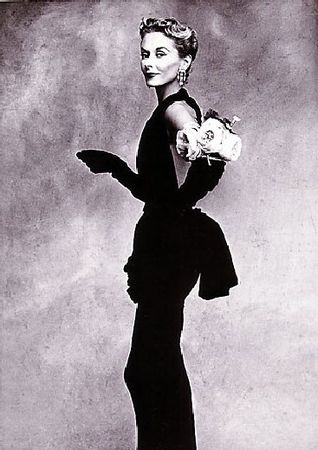


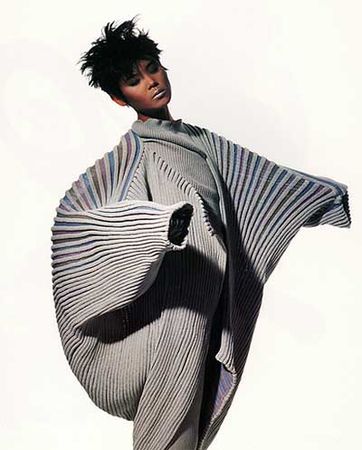

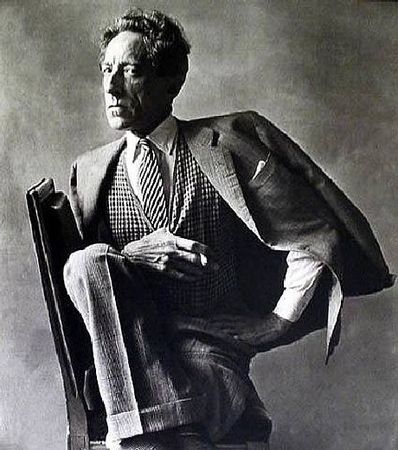

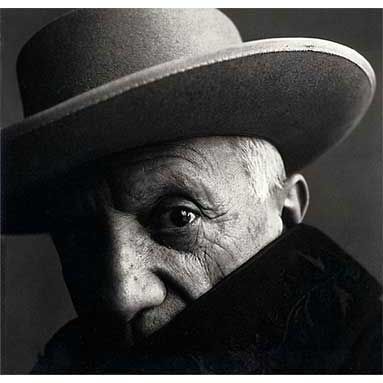


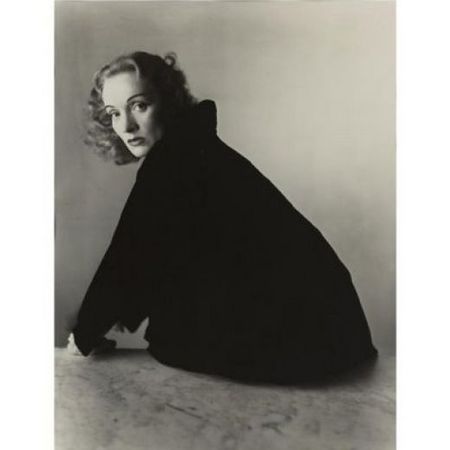


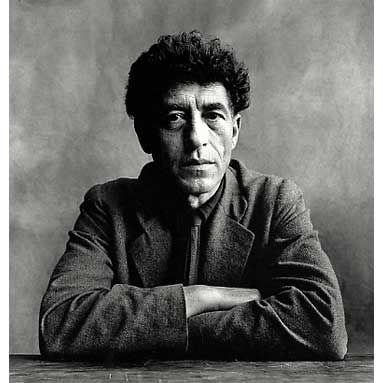



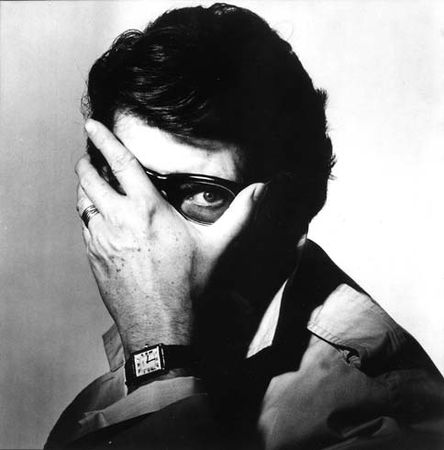
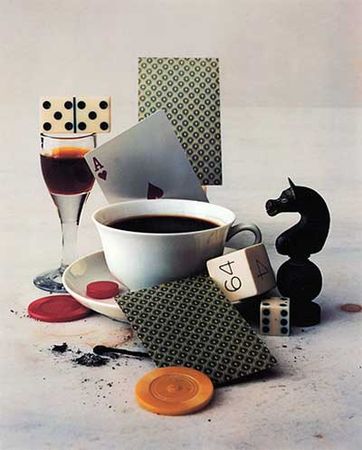


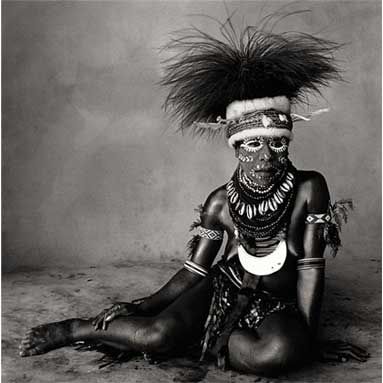



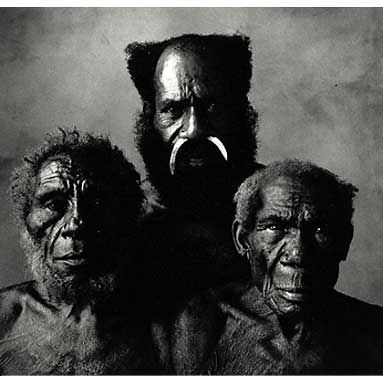




/http%3A%2F%2Fstorage.canalblog.com%2F45%2F04%2F119589%2F94552146_o.jpg)
/http%3A%2F%2Fstorage.canalblog.com%2F73%2F04%2F577050%2F39047593_p.jpg)
/http%3A%2F%2Fstorage.canalblog.com%2F03%2F72%2F577050%2F38968370_p.jpg)
/http%3A%2F%2Fstorage.canalblog.com%2F67%2F20%2F577050%2F38519287_p.jpg)